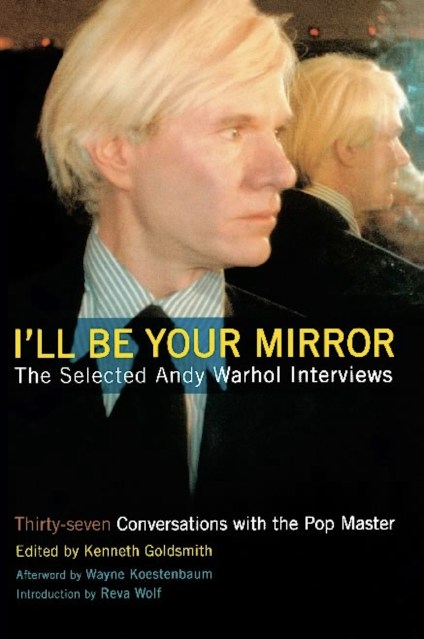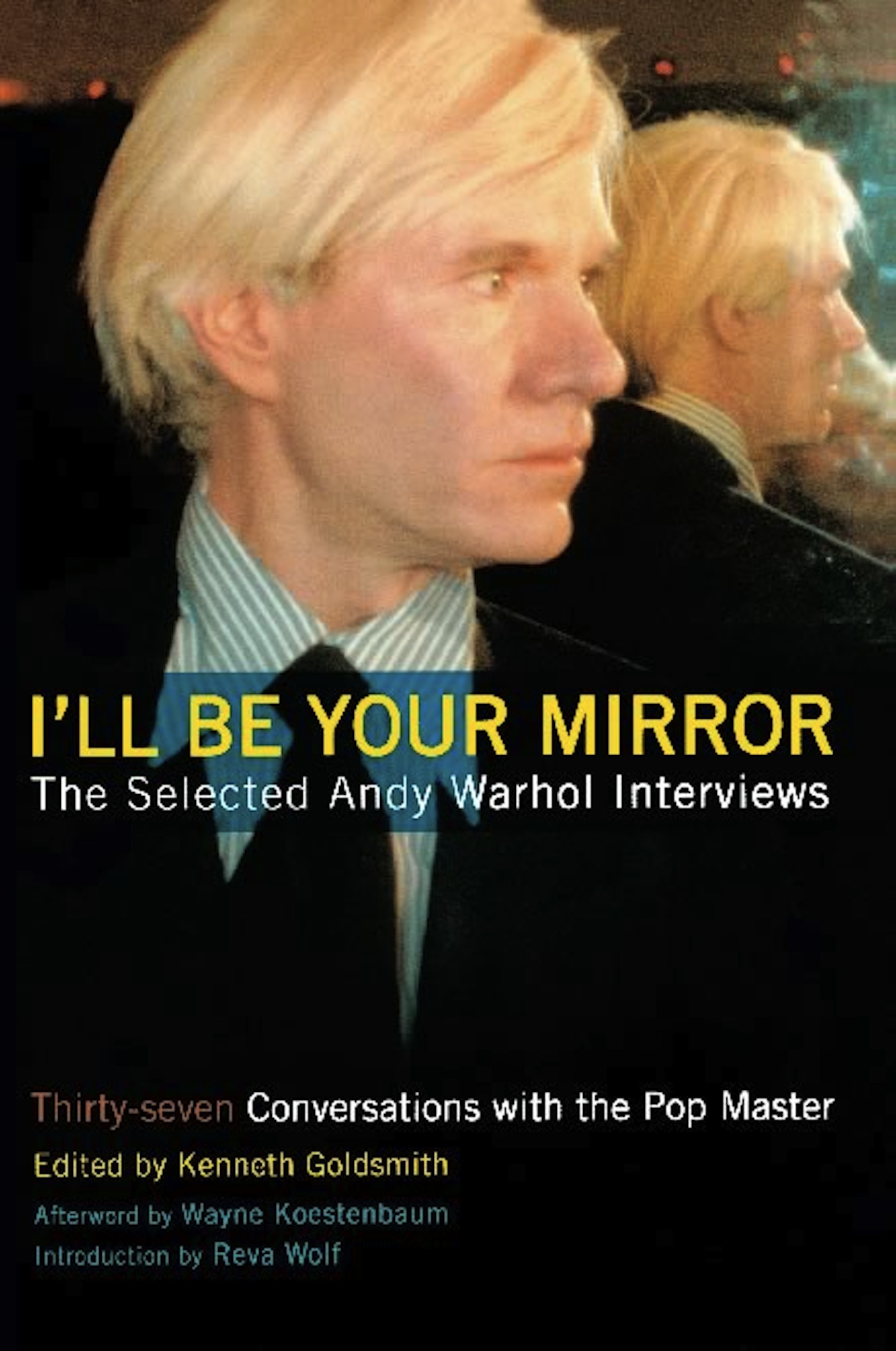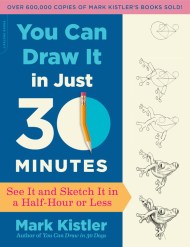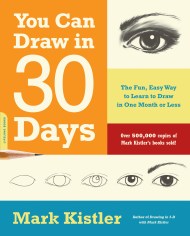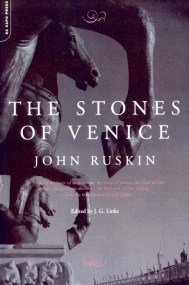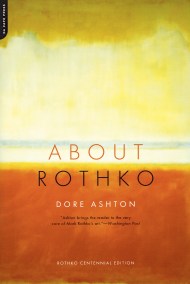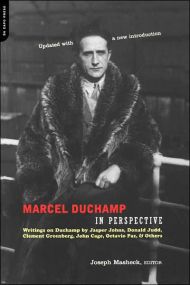Promotion
Use code MOM24 for 20% off site wide + free shipping over $45
I'll Be Your Mirror
The Selected Andy Warhol Interviews
Contributors
Preface by Wayne Kostenbaum
Introduction by Reva Wolf
Formats and Prices
Price
$11.99Price
$15.99 CADFormat
Format:
- ebook $11.99 $15.99 CAD
- Trade Paperback $24.99 $31.99 CAD
This item is a preorder. Your payment method will be charged immediately, and the product is expected to ship on or around April 27, 2009. This date is subject to change due to shipping delays beyond our control.
Also available from:
Genre:
- On Sale
- Apr 27, 2009
- Page Count
- 320 pages
- Publisher
- Da Capo Press
- ISBN-13
- 9780786740390
Newsletter Signup
By clicking ‘Sign Up,’ I acknowledge that I have read and agree to Hachette Book Group’s Privacy Policy and Terms of Use
